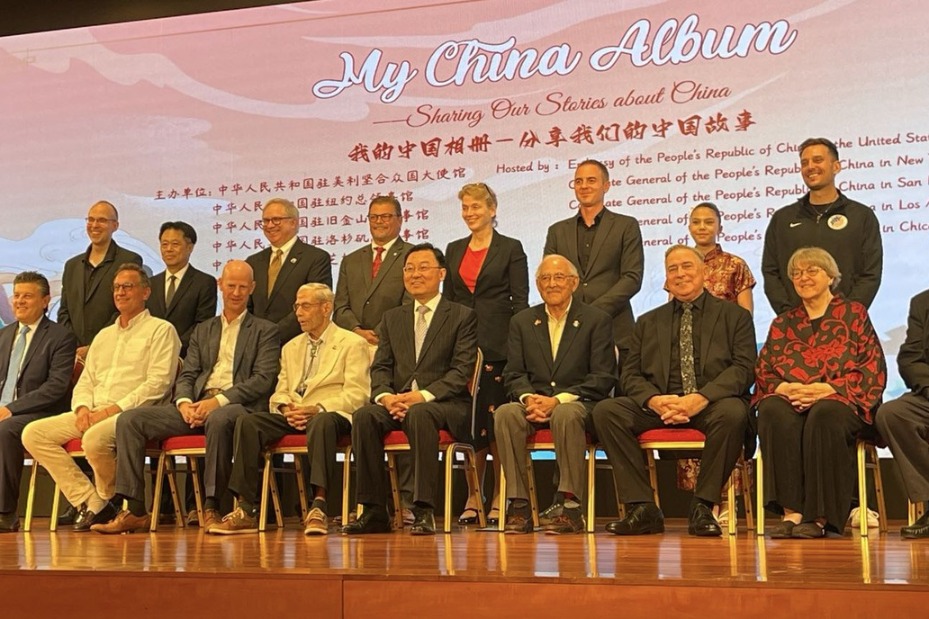Xiong'an makes its first international carbon trade deal
By ZHANG YU in Shijiazhuang | CHINA DAILY | Updated: 2021-08-31 09:31

In late July, the carbon assets accrued from the generation of 675,000 kilowatt-hours of solar energy were used to make an international carbon deal between a local power generation company in Xiong'an New Area, in North China's Hebei province, and a hardware corporation in Australia.
It was the first such cross-border carbon trade made in China's newly emerging economic zone, which lies about 100 kilometers southwest of Beijing.
The assets were sufficient to offset around 465 metric tons of carbon dioxide emissions, according to State Grid Xiong'an Integrated Energy Service, which signed the deal on July 29 with YNIWM, an Australian hardware design and development company.
The electricity was generated by the newly built Xiong'an Railway Station, which has around 17,700 polysilicon photovoltaic modules installed on 42,000 square meters of its roof space.
The modules have a total capacity of 5.97 megawatts and can generate about 5.8 million kWh of clean electricity for the station each year, the equivalent of burning 1,800 metric tons of coal and representing a 4,500-ton reduction of carbon dioxide emissions, according to Yu Hongli, head of the company's comprehensive management department.
"As the first cross-border carbon trade made in Xiong'an, the deal involves a full-chain carbon asset management model, setting an example for energy trading in the new area," he said, adding that the company will explore cooperation with more foreign countries and establish a carbon management service center for carbon trading.
Carbon trading is the process of buying and selling permits to emit carbon dioxide or other greenhouse gases. Emitters, including coal-fired power generation companies, are assigned with quotas for carbon emissions and can sell surplus allowances to those in need of extra.
Yu said that renewable energy generators can participate in carbon trading via the use of Green Electricity Certificates (GECs) in China, or International Renewable Energy Certifications (I-RECs) globally.
These are awarded in exchange for the reduction of emissions via means such as afforestation or employing clean energy technologies. He added that the transaction in Xiong'an was made via I-RECs, with one certificate representing 1 MW hour of power generated from renewable sources.
China's national carbon market started online trading on July 16 and marks a significant step toward helping the country reduce its carbon footprint and meet emission targets, according to the Ministry of Ecology and Environment. China started pilot carbon trade operations in seven provinces and regions in 2011 to explore market-based mechanisms to control greenhouse gas emissions.
Initially, carbon trading will only involve major emitters in the power generation industry.
However, in the future, it should include more participants in order to meet carbon neutrality, Lin Boqiang, professor and head of the Xiamen University-affiliated China Institute for Studies in Energy Policy, said in an article published by China Business News in July.
China's goal is to cap carbon dioxide emissions by 2030 and achieve carbon neutrality by 2060.
"Integrating green power and carbon trading can make the market more dynamic and promote the increase of carbon trading," he said.
























